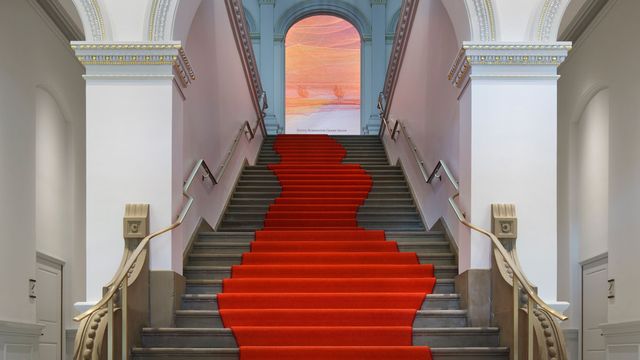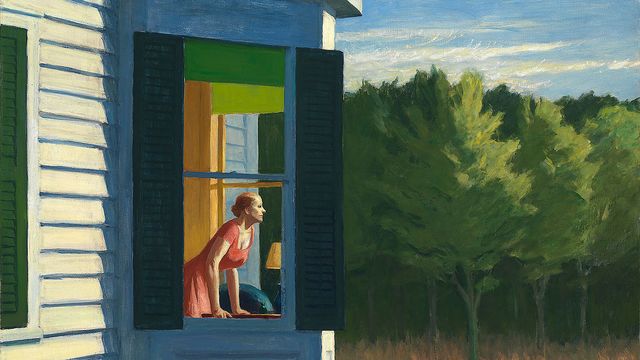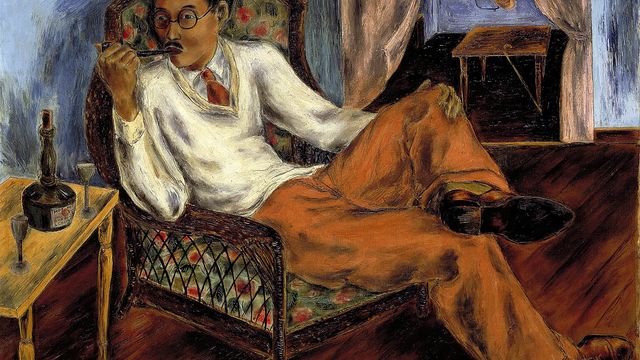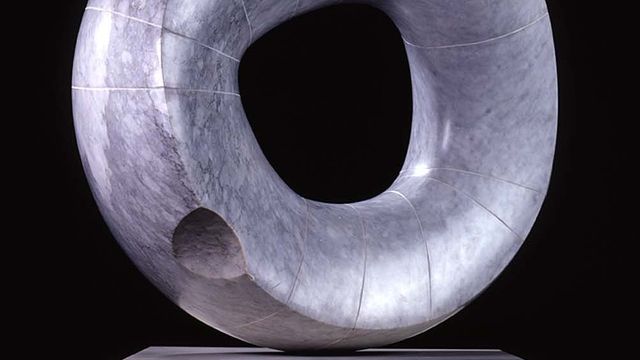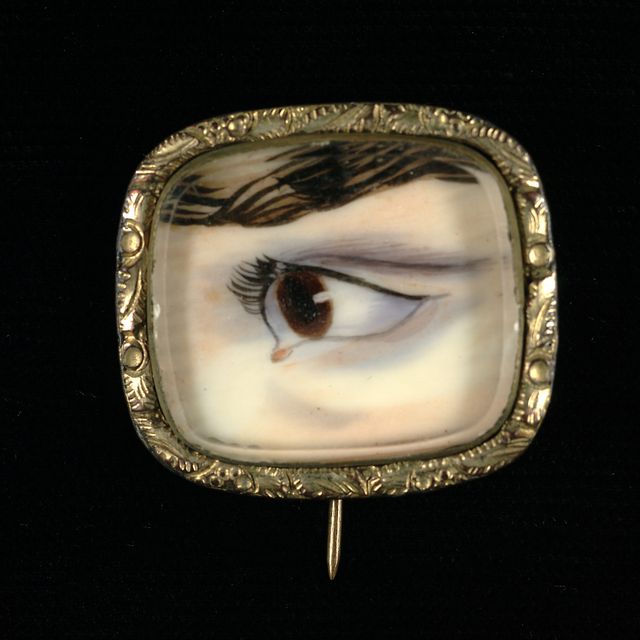Meet the Artist: Will Barnet
Video Player is loading.
Current Time 0:00
/
Duration 0:00
Loaded: 0%
Stream Type LIVE
Remaining Time -0:00
1x
- Chapters
- descriptions off, selected
- captions and subtitles off, selected
This is a modal window.
An interview with the artist Will Barnet. Will Barnet studied at the School of the Museum of Fine Arts in Boston, then moved to New York in 1930 to attend the Art Students League. After his first son was born, Barnet began a series of paintings that show scenes of family life. He experimented with abstraction for several years, aiming to "eliminate realistic space" in favor of simple geometric forms. His later work is more representational and focuses almost entirely on the female form. ("Will Barnet, Works of Six Decades," American Art Review, June-July 1994)
Compositional organization is the key to my work. The canvas itself is flat, and you are not a photographer. You're an artist, a painter. You have to recognize that that flat surface has to be respected. Each form has its own position, like in reality, so that an abstract painting of mine has a lot a reality to it. It's not just abstract shapes.
Well, “Positano” was a result of a summer in Positano, Italy. It's an extraordinary place, because when the Mediterranean begins to glow from the light of the moon, it got me very excited. I made a lot and drawings according to the landscape around me. Very sharp at points—big rocks, almost abstract shapes, and they began to influence my painting.
My abstract and figurative work is part of the same language. It's a language that exists, and that language is respect the surface of the canvas and organizing my small forms, large forms so they all fit together, work together, and talk to each other.
It can be very exciting and particularly near the end when you're feel you've got the whole thing together. It's a very exciting moment. Very exciting.


